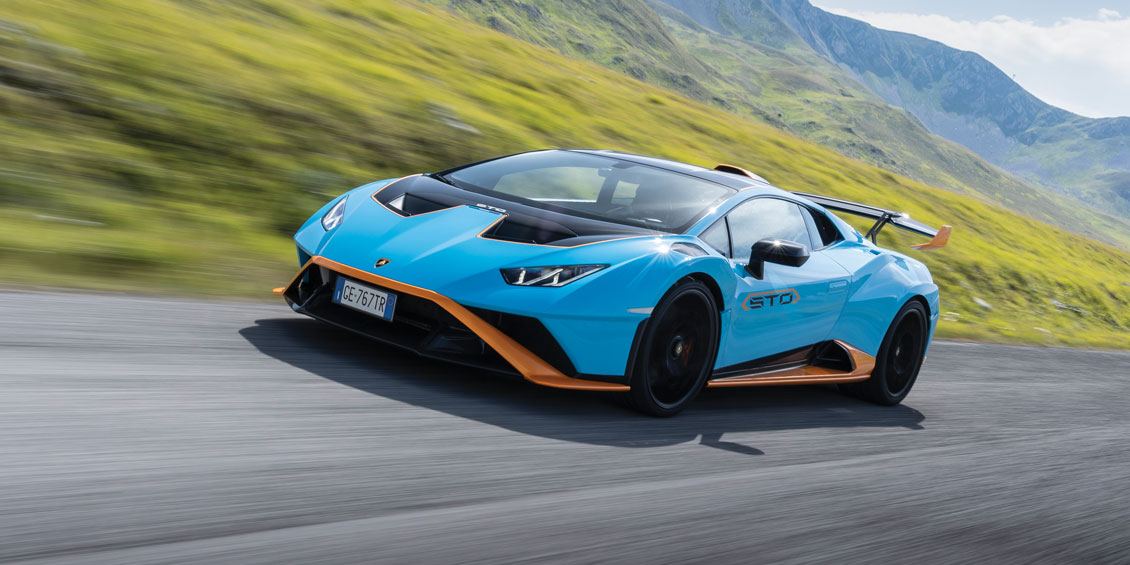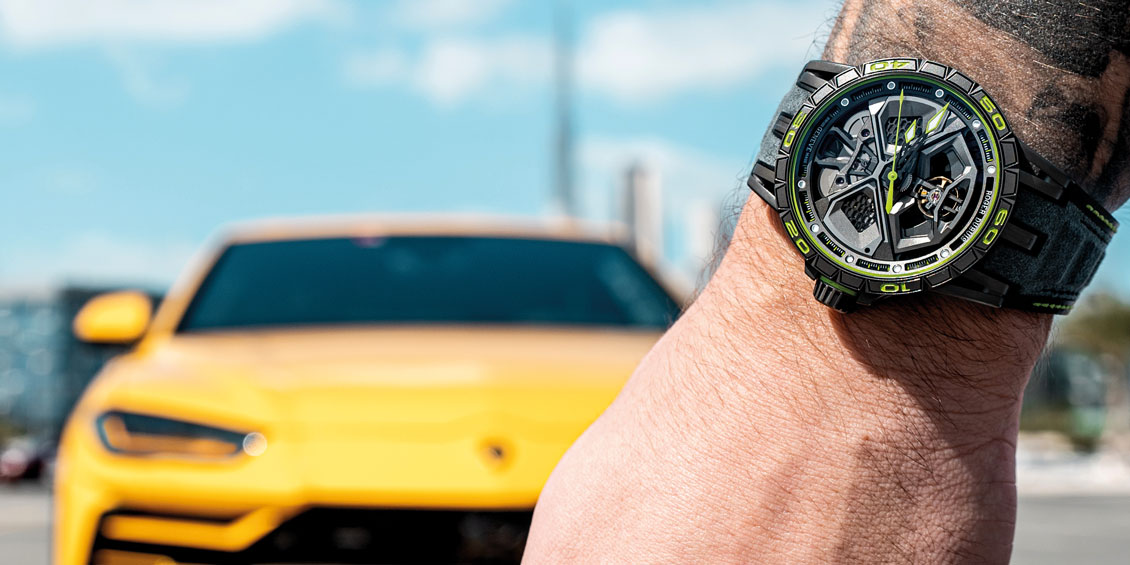THE RACE TO SAVE THE WORLD
27th January 2022
Lewis Hamilton, Jenson Button and other motorsport heroes are championing a new electric racing series, Extreme E, conceived to raise awareness of climate change. Words by Chris Chilton.
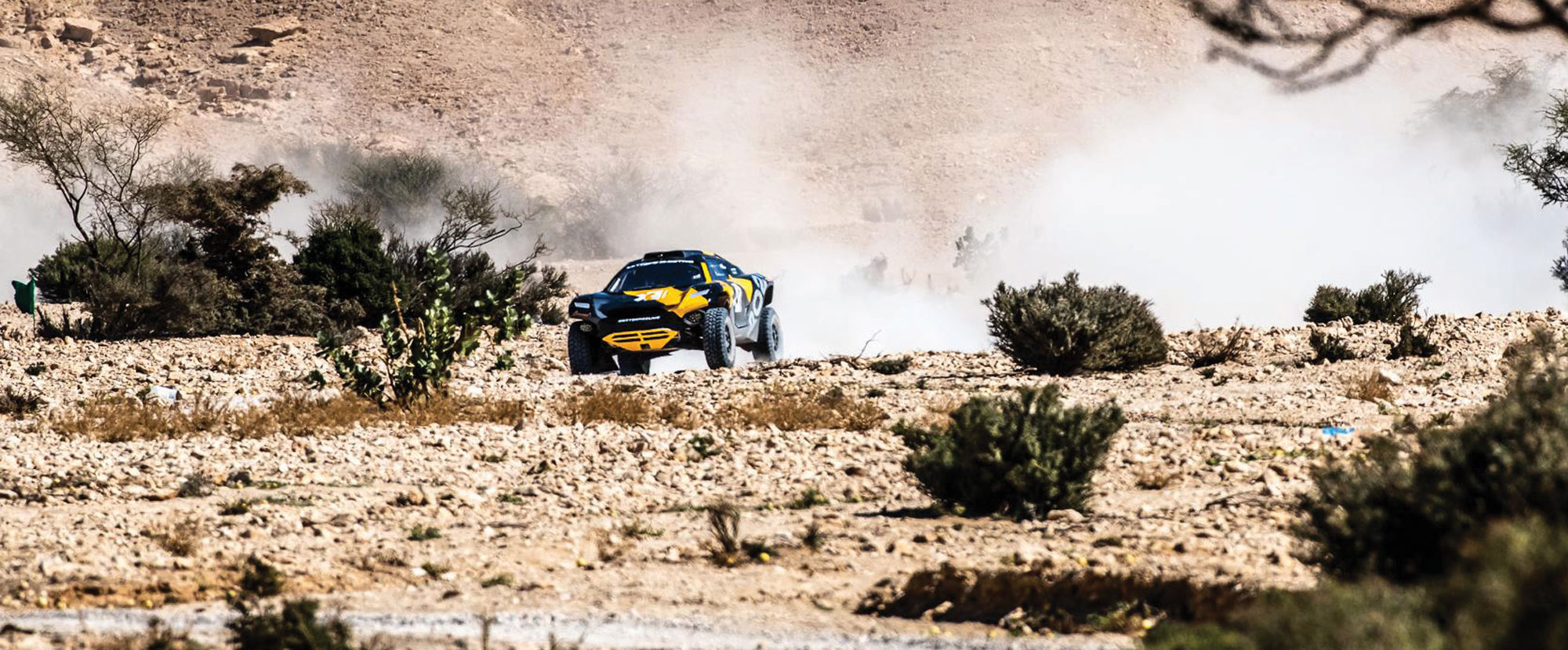
The electric car revolution is in full swing; that much you probably know. Less widely known is that it’s not only road cars, but also racing cars that are switching to zero emissions power.
Formula E, a single-seater series for cars that look a little like F1 cars, but which are substantially quieter (and substantially slower), has been around since 2014, and now it’s joined on the motorsport calendar by Extreme E.
While Formula E is a traditional circuit-based series, Extreme E, the second brainchild of Spanish entrepreneur, Alejandro Agag, involves a slew of electric SUVs racing across deserts, rainforests and glaciers to raise awareness of climate change.
That might sound like the automotive equivalent of posh Victorians touring sanatoriums for fun, but the organisers behind the series have put real thought into the environmental impact of every aspect of both the racing itself, and the work going on behind the scenes.
Ecological experts were consulted to make sure the presence of the races in each of the five territories causes as little environmental damage as possible, and instead of flying hundreds of people, cars and infrastructure around the world every weekend, as happens in F1, most of what goes into an Extreme E race is transported by a former Royal Mail cargo ship.
RMS St Helena has been specially adapted to serve as a floating paddock for the teams and has 62 cabins that can sleep up to 175 people. In keeping with the eco philosophy of the series, its engines were rebuilt to run on low-sulphur marine diesel, the propellers were reconditioned to improve efficiency, and the original 20sq m swimming pool has been replaced with a science laboratory.
ZENITH’S FIT WITH THE RACE SERIES GOES MILES FURTHER THAN ITS DEFY EXTREME’S CONVENIENT NOMENCLATURE
Other climate-friendly ideas include tree-planting operations, and solar power initiatives at the race locations. In Senegal, for instance, Extreme E has teamed up with local NGO Oceanium to plant one million mangrove trees in five areas equivalent to the size of 112 football pitches.
Like the Formula E single-seaters, and unlike F1 cars, all of the Extreme E Odyssey 21 SUVs are mechanically identical to keep the playing field level, meaning winning is down to luck and driver skill, not who has the biggest R&D budget.
Each is built around the same sturdy spaceframe metal chassis, and most are fitted with the default natural flax fibre bodyshell, though Chip Ganassi Racing’s car is restyled to look like partner GM’s new Hummer EV for marketing purposes.
Power is supplied to two 250 kW motors (one at each axle) by batteries from Williams Performance Engineering, the sister company of the Williams F1 team. A peak of 550bhp allows the SUVs to hit 62mph in 4.5 secs, and a grippy control tire specially developed by Continental helps it climb 130 per cent gradients.
Each time features a mixed-sex pair of drivers that includes some big names, including WRC rally legends Sebastian Loeb and Carlos Sainz, F1 champion, Jenson Button, and rising British star, Jamie Chadwick.
And it’s those names, plus the involvement of non-driving team owners Lewis Hamilton, Nico Rosberg and Michael Andretti, that gives the series real credibility, and will help it achieve its objective of raising awareness of climate change around the world.
Naturally, the first season has thrown up some teething troubles. At the first event, a desert race, there were some breakdowns, and the huge amount of dust kicked up meant the organisers had to switch from knockout races to rally-style time trials.
And the series has been drawn flak for visiting both Saudi Arabia and Senegal, two countries that aren’t exactly at the forefront of the women’s rights movement, though you could argue that a high-profile gender-equal spectacle is just what they need.
But what’s clear is that Extreme E is definitely not the underwhelming flop some had feared. With two races done and three still to go at the time of writing (an Arctic Prix in Greenland in late August, Island Prix at Sardinia in October, and one further TBC event), former F1 champ Nico Rosberg’s RXR team tops the leaderboard.
Want to catch up with the action live? You can watch the races on BBC iPlayer and the BBC Sport website.
Zenith watches are available online and at ROX Glasgow
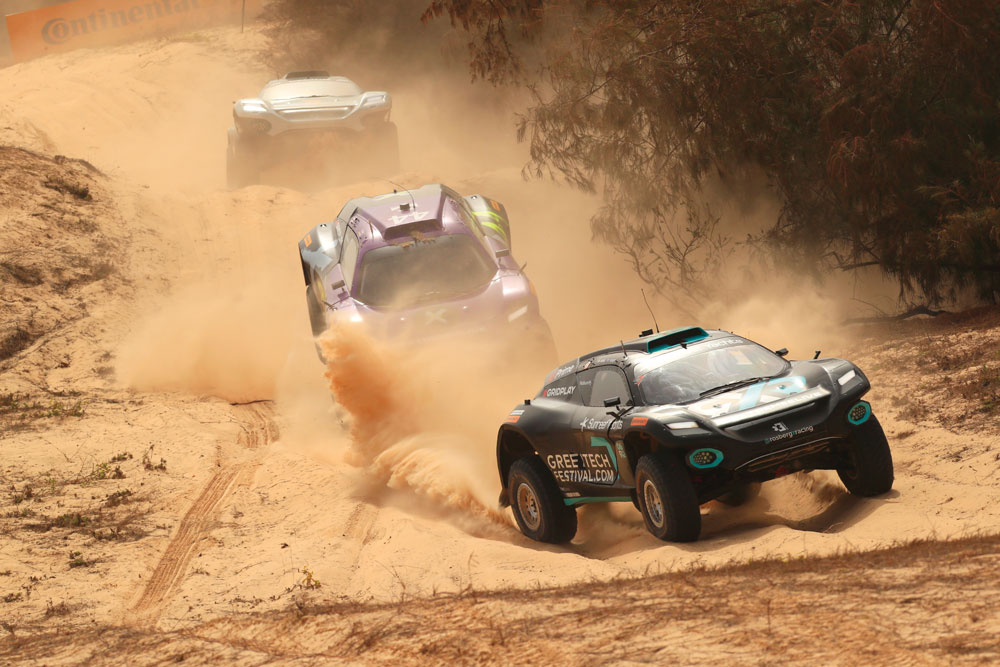
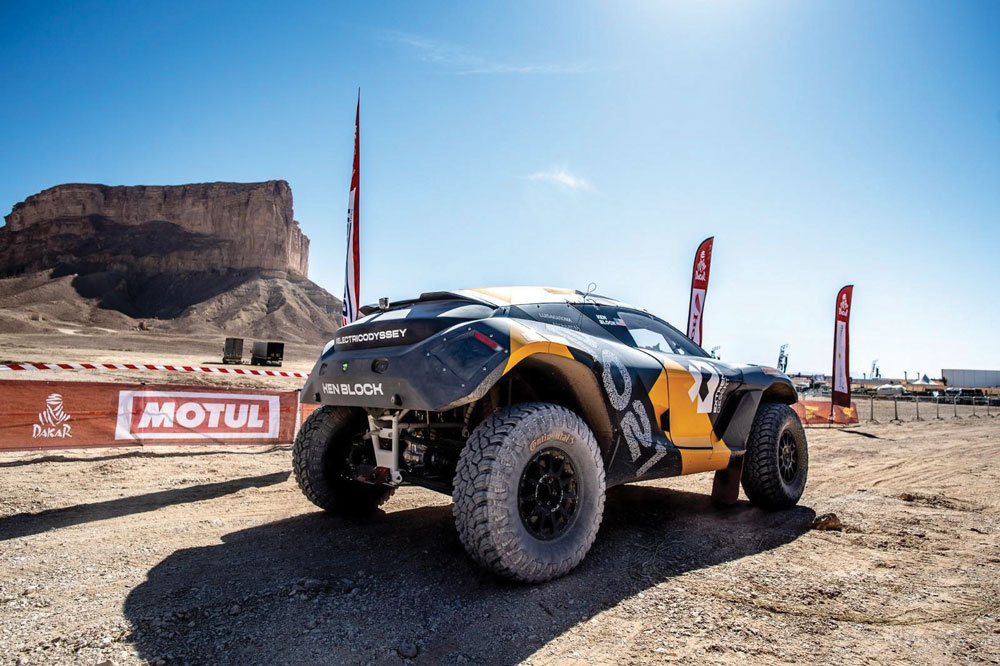


EXTREME E: THE ZENITH CONNECTION
Swiss watchmaker and official Extreme E timing partner Zenith’s fit with race series goes beyond the convenient name of the Defy Extreme chronograph, which reboots the Extreme tag used by Zenith in the 1970s and 1980s.
Just as the Extreme E SUVs are designed to handle everything from scorching desert to frozen arctic environments, so is the Defy Extreme, a watch that fuses Zenith’s incredible El Primero chronograph movement and its 1/100th second timing capability, with a tough new retro-futuristic microblasted titanium case and interchangeable strap system. Defy Extreme Prices start at £15,300.
CONTINUE READING
SHARK-FIN SOUP-UP
The latest Huracán is ‘evo’ to the extreme, and the same goes for its suitably sinister horological co-pilot.
BULL IN A WATCH SHOP
Lamborghini and Roger Dubuis is a match made in pure high-octane, carbon-bodied, V-engined heaven.
GREAT DRIVES | COASTING NORTHUMBERLAND
Fill up the tank, pack plenty of warm jumpers, and hit these long and blinding roads.

